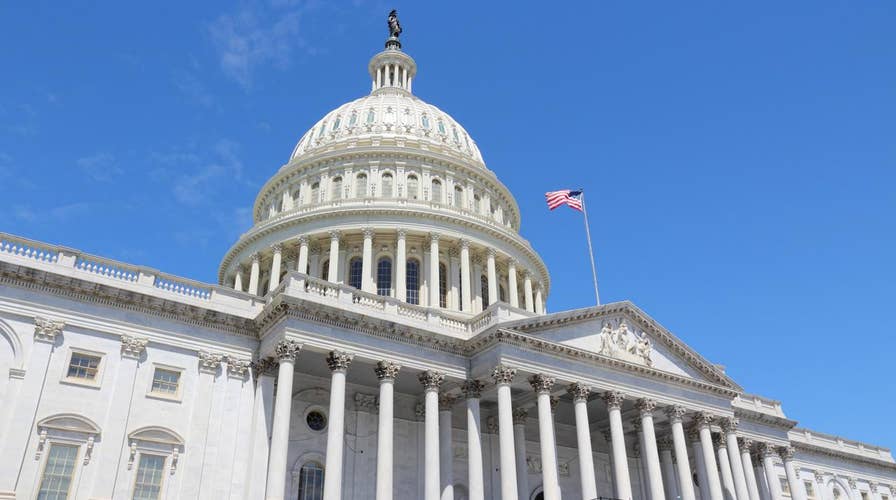Will conservatives find compromise on GOP health care plan?
Strategy Room: The Heritage Foundation’s Tommy Binion on the debate happening on Capitol Hill
The ObamaCare repeal bill Republicans presented this week is an important, first step toward achieving a next generation health care system in America.
For Republicans to meet their commitment to repeal ObamaCare – and to do so in a way that is real, lasting, and substantive – the writers of the American Health Care Act had to closely follow the Senate’s narrow budget reconciliation rules, which strictly limit legislation passed under budget reconciliation.
The Congressional Budget Act – which is the overarching legislation that sets reconciliation rules for both houses of Congress – says reconciliation can only be used on legislation that alters federal spending, revenues or the national debt.
ObamaCare certainly fits that bill, but rules in the Senate further limit reconciliation bills through a rule named after the late Democratic West Virginia Senator Robert Byrd.
Under the Byrd Rule, at any point during the reconciliation process, any senator can block any bill provision that doesn’t change the budget, spending or debt in specifically measurable ways. Other limitations under the Byrd rule include prohibitions against provisions that don’t fall under the jurisdiction of the committees that recommend them, or provisions that in any way change Social Security programs such as disability.
If House lawmakers include provisions that the Senate Parliamentarian finds to be extraneous or unrelated to budgetary matters, Senate Democrats can block them and slow down the Republicans’ momentum. This is the bottleneck through which every provision of the American Health Care Act has to fit.
That’s why the American Healthcare Act is just the first of many steps to come.
Still, even with these limitations, this legislation is better for consumers than our current law.
This bill will allow Congress and President Trump to eliminate ObamaCare taxes and its mandate that forces people to buy health insurance; strengthen and expand Health Care Savings Accounts to give families more control over their health care spending; reform Medicaid so states can use per-capita block grants to best serve their residents; provide tax credits to people who don’t get insurance through other avenues; and take health care decision-making power away from Washington and return it to patients and doctors.
Meanwhile, Secretary of Health and Human Services Tom Price will implement dramatic regulatory reforms in the health care sector that will empower states to make health care decisions that are best for their residents while lowering costs.
These regulatory changes must be followed by a series of targeted health care reform bills, which should be much more visionary, more powerful, and have a positive impact on the entire health care system.
The health care system is enormously complex. It addresses many completely unique challenges – each with its own special set of intricacies – and health care accounts for one-fifth of our nation’s economy.
More importantly, our health care system’s success means life or death for millions of Americans.
So, a rolling series of focused bills is far better for the American people than one gigantic bill that no one reads or understands.
Passing future targeted bills will be more difficult if we let President Trump lose this first major fight – we cannot allow that to happen.
The 21st Century Cures Act is an excellent model to follow. The Cures bill was targeted, specific and just under 1,000 pages long. By comparison, ObamaCare drastically changed many aspects of our health care system, was 2,700 pages long and produced more than 20,000 pages of related regulations, according to Senate Majority Leader Mitch McConnell.
The American Health Care Act is the start of a remarkable reinvention of American health care. By 2018, President Trump and the Congress will have made serious progress and we’ll have a dramatically better system for all Americans.

